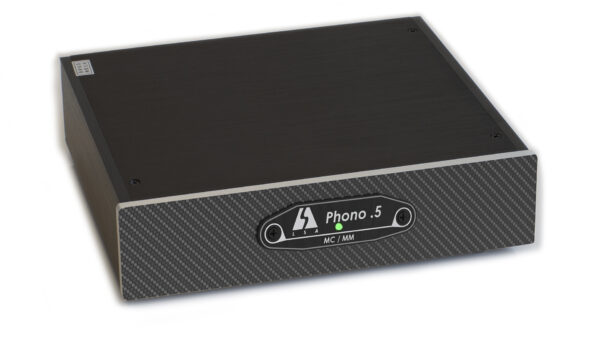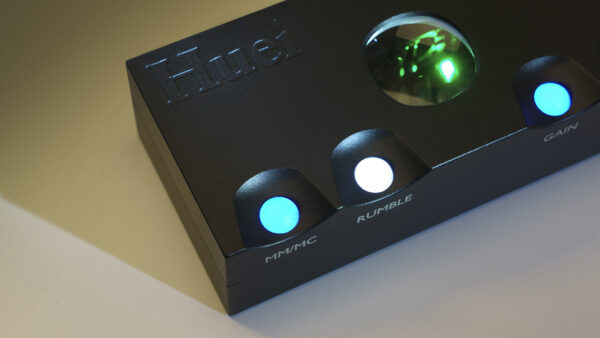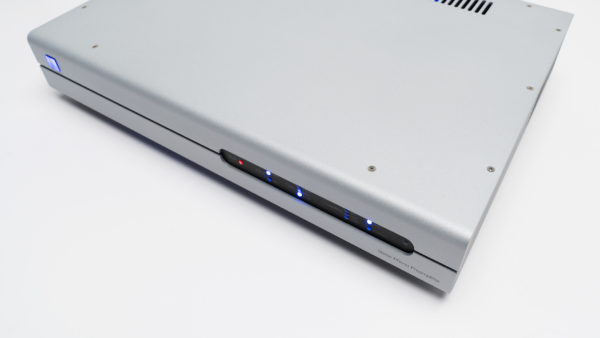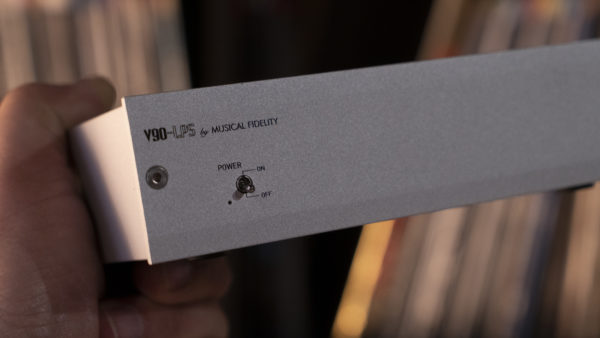Breaking from the standard protocol of completely familiar music, the new complete Godzilla boxset is too hard to resist, so that’s where the journey listening to the Quadratic MC-1 moving coil step up transformer begins. Via the AVID Volvere SP/SME 309/MySonicLab combination, the sound is big, glorious, enveloping and immersive. This is analog magic at its finest, with the MC-1 feeding the input of a classic Conrad-Johnson EV-1 MM phono stage. This particular example has the full C-J CJD Teflon capacitor upgrade, so it’s no slouch on its own, but it lacks the gain necessary for serious MC duty.
Should you be in this exact situation, where you have an excellent MM phonostage you love, but just need a bit more gain, the MC-1 is the perfect solution. There are a number of outstanding phonostages from the last 20 years that fit this description, where you’d almost have to spend 10k on a current phonostage to achieve the same level of performance. For $1,795 consider the problem solved.
Why a transformer?
The signal coming out of the average moving coil cartridge (MC) is about .3 – .6mV compared to about 4 – 8 mV for most moving magnet (MM) cartridges, so if you pursue a MC cartridge, you’ll need a phono stage with more gain. The extra gain required usually means another stage of amplification – which usually means more circuit complexity, and more cost. Increased gain also usually means the opportunity for the circuit to be noisier, which is the exact opposite of what’s required. That even fainter musical signal from a MC cartridge needs an even quieter background to deliver the goods.
Using a step-up transformer like the MC-1 is almost a way to cheat science, because we can increase the delicate signal without adding the noise of an additional gain stage. However, we are now passing that delicate signal through a lot of wire (primary and secondary windings) to get there. The result is a slightly softer sound, which isn’t always a bad thing. The key to getting the optimum benefit of the transformer, is to have one of incredibly high quality purchased.
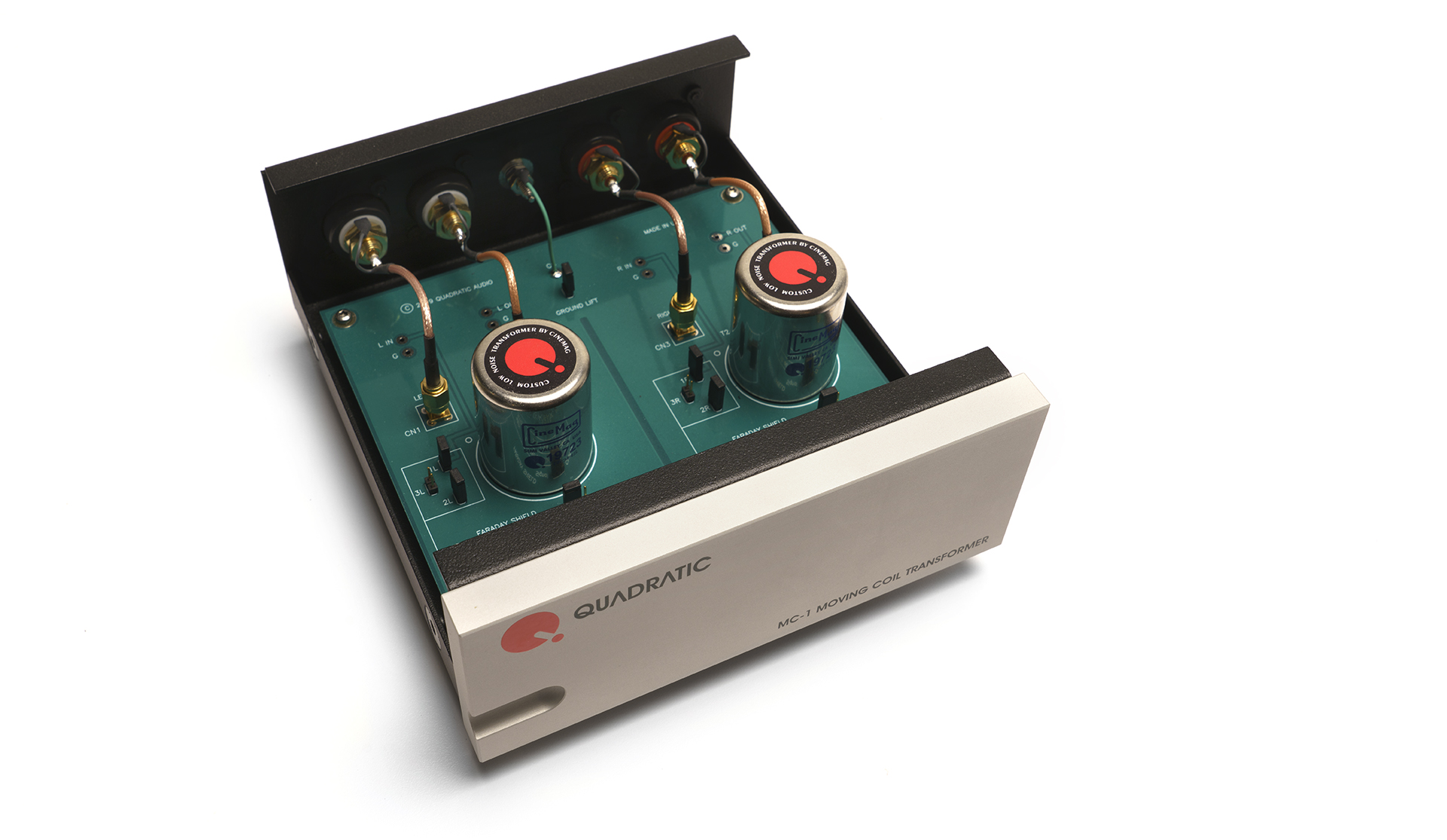
Jam Somasundram is an ex-Pass Labs engineer and the fellow behind their excellent HPA-1 headphone amplifier. He’s made it clear that the transformers used in his MC-1 are completely custom made by Cinemag and to a few clicks higher quality level than the top ones they release to the public, hence the cost. TEAC/Esoteric does the same thing with their transports, selling the second from the top tier to dCS, and keeps the rest of the stash for themselves.
Taking the emphasis on quiet even further, the two transformers are mounted to an extremely high quality PC board with separate ground planes for each channel, eliminating any chance for noise pickup and crosstalk that could happen with fine wiring. (A number of other, lower priced step up transformers are wired point to point from transformer to input and output jacks) The gain settings are the factory 28dB, or a lower setting of 22dB, which are also set with jumpers on the PCB. Finally, the transformers have their own Faraday shield for the ultimate in noise rejection.
The result – sonic bliss
We’ve tried a number of different step up transformers over the years, all with fair to good result, but the Quadratic MC-1 is in a league of its own. Tracking through a number of fairly dynamic Blue Note jazz cuts, the dulling of cymbals, and lack of attack with snare drums that can happen with a step-up is not happening here. Transients are clean and clear. Equally exciting is the incredibly low noise floor when listening to solo vocalists or instruments.
Our two favorite warhorses, Al DiMeola’s Friday Night in San Francisco, and the self-titled Crosby, Stills, and Nash albums both have a lot of delicacy and space between the singers and players, making them perfect albums for this kind of demonstration. While my reference Pass XS Phono is capable of more sheer dynamic impact when DiMeola and company hit the strings, the MC-1 has an organic feel that’s tough to manage at any price. The CSN trio is absolutely lovely, with a tonal saturation that is tough to forget. It’s almost like adding a vacuum tube buffer stage to the mighty Pass.
 Spatially, the MC-1 is excellent, yet the uppermost frequencies are exceptionally well defined. Better than any of the others we’ve heard, and the softening effect that usually accompanies step up transformers is not here. An equally robust LF response is also at work with the MC-1. It feels more like a grain remover, without any lost musical detail in the process. Seriously, the MC-1 is one of the most magical analog devices we’ve ever used. It has to be experienced to be believed. Should you already be an analog enthusiast that likes the step up approach, be prepared to be transported to another level of excitement.
Spatially, the MC-1 is excellent, yet the uppermost frequencies are exceptionally well defined. Better than any of the others we’ve heard, and the softening effect that usually accompanies step up transformers is not here. An equally robust LF response is also at work with the MC-1. It feels more like a grain remover, without any lost musical detail in the process. Seriously, the MC-1 is one of the most magical analog devices we’ve ever used. It has to be experienced to be believed. Should you already be an analog enthusiast that likes the step up approach, be prepared to be transported to another level of excitement.
While most of the test listening was done with the CJ/MC-1 combination, it’s worth mentioning how much fun that even using the MC-1 with one of the Pass XS Phono’s inputs set to MM and using the transformer for a different tonal presentation is. Even if you have a megabucks analog phono stage, I’d still suggest making an MC-1 part of your variation on the theme to have a different analog experience.
Final details
The key to success with a step up, is to get the impedance match right. This is usually determined by the winding ratio of the transformer itself. As it looks at a 47k load going into a standard MM phonostage, the MC-1 has a 1:12 and 1:24, so the optimal match is going to be cartridges that you would normally load in the 400-500 ohm or 80-100 ohm range depending on the setting. My MSL Eminent EX just happened to fit the bill perfectly. Something like a Denon 103 or some Benz Gliders, will require something different and will not deliver their best results with the MC-1. (though Jam hints that another version for these cartridges might be forthcoming!)
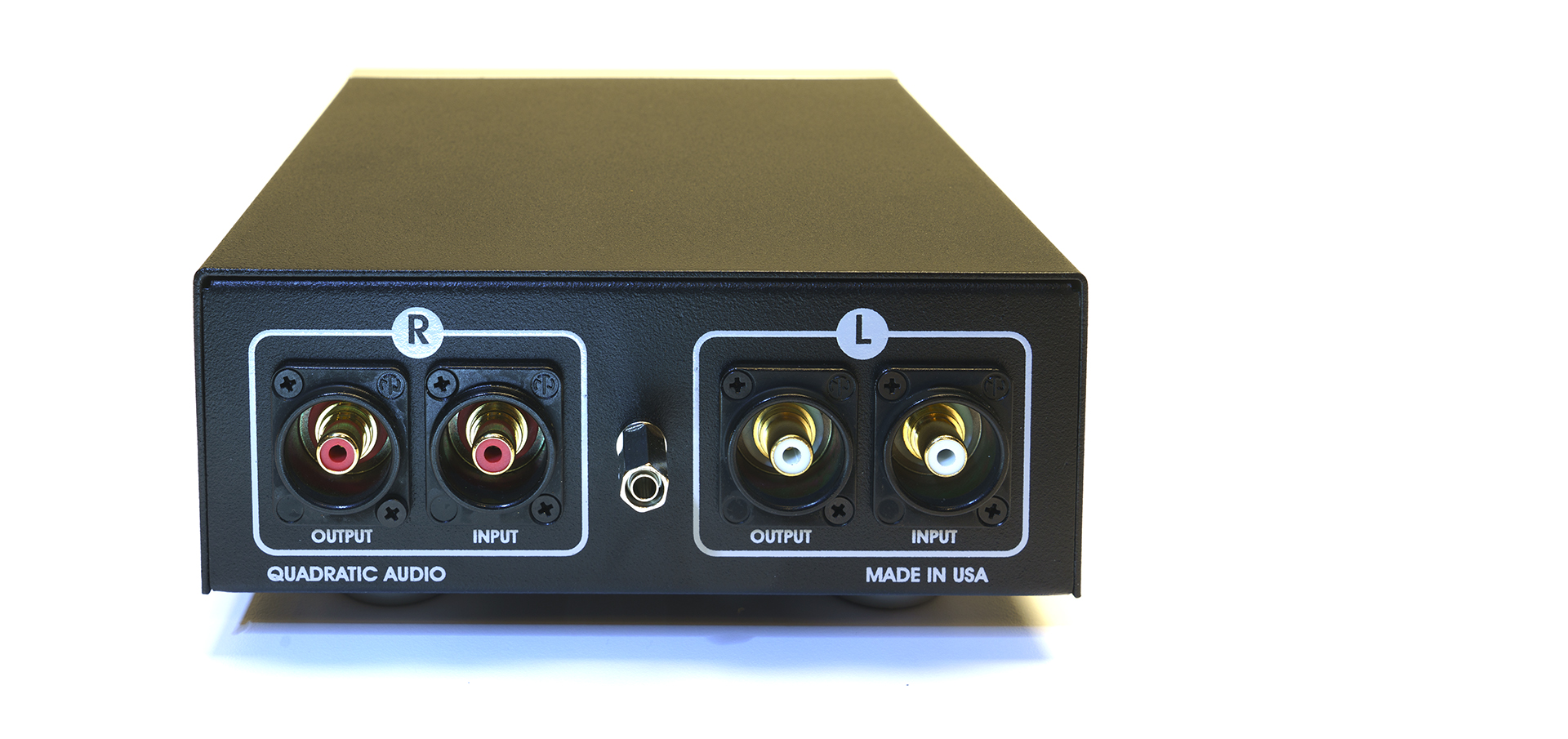
Again, my experience with using step up transformers has always been to keep the signal path as short as possible, so I use a .5m length of Cardas Clear interconnect, to keep the MC-1 close. The MC-1 also allows you the opportunity to float the transformers Faraday shielding, or ground them to your system, whichever approach delivers the lowest noise, a nice touch.
It doesn’t get any easier
Because the MC-1 is passive, you don’t have to worry about NOS tubes, exotic power cords, or expensive vibration control devices to get the most out of it. However, it does benefit from about 100 hours of use, to get some signal through the transformers. Remember, we’re talking about small signals here. But seriously, you’re 97% of the way there out of the box.
Audiophiles love to argue about which approach is best, yet I submit the Quadratic MC-1 is more of a flavor that should be experienced, regardless of what your favorite is. Should you be a vinyl enthusiast with more than one turntable/tonearm/cartridge combination at your disposal, I highly suggest this approach.
Either way, the Quadratic MC-1 is a new favorite here at TONEAudio. #Toneaudioapproved.


